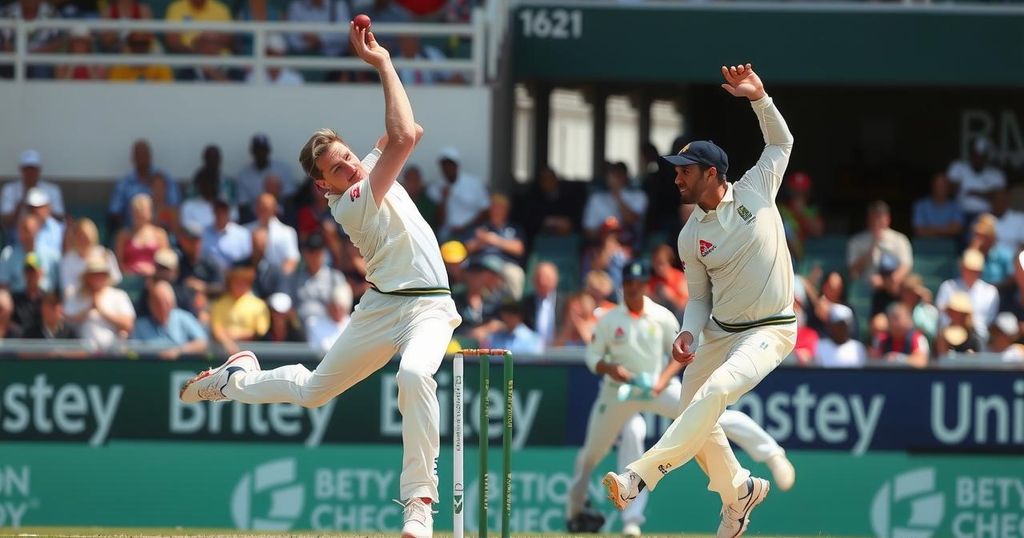Escalating Clashes in Eastern DRC Despite Efforts for Peace
In eastern DRC, conflict has surged as Rwandan-backed M23 rebels clash with Congolese forces, disregarding a ceasefire established in August. Recent offensives have intensified fighting around key areas, leading to further displacements. Diplomatic talks are scheduled for December 15 as the situation remains precarious, with ongoing military engagements threatening to exacerbate the humanitarian crisis.
In the eastern Democratic Republic of Congo (DRC), clashes between Rwandan-backed militants and the Congolese army have surged despite an existing ceasefire. Reports indicate that fighting has escalated over the past four days, with the M23 militia, which has been active since 2021, intensifying its assaults, particularly in Lubero territory. The M23, claiming to represent ethnic Tutsis, has made significant territorial gains, putting the provincial capital of Goma at risk.
A fragile truce mediated by Angola in August had temporarily stabilized tensions. However, M23 forces initiated local offensives in late October, ignoring calls for restraint from the Congolese military and supporting forces. Diplomatic discussions between the DRC and Rwanda continue, albeit overshadowed by recent hostilities. The situation remains fluid, with reinforcements from both sides heightening fears of further conflict. As of Thursday, fighting persists, and the humanitarian crisis in the region continues as displaced individuals seek refuge from the violence.
Rwandan President Paul Kagame and Congolese President Felix Tshisekedi are scheduled to meet on December 15 in Luanda to address the ongoing conflict, emphasizing the urgency of seeking a sustainable resolution to the crisis generated by repeated violations of the ceasefire.
Thus, the military landscape in the eastern DRC continues to be characterized by instability, as both the M23 and pro-government forces engage in frequent clashes, exacerbating the humanitarian situation and complicating diplomatic efforts moving forward.
The eastern Democratic Republic of Congo has been a hotspot for conflict, largely due to the historical tensions involving ethnic groups and the influence of neighboring Rwanda. Since the rise of the M23 militia in 2021, the region has seen significant military engagement and extensive displacement of civilians. The humanitarian crisis culminated from the seizure of territory by this militia, with international diplomatic efforts, such as mediation by Angola, attempting to forge peace while battles persist on the ground. At the heart of this conflict lies the challenge of stabilizing a region that has experienced prolonged unrest and the repercussions of external support for local militias, which complicates both local governance and aid initiatives.
The recent escalation of hostilities in the eastern Democratic Republic of Congo underscores the fragility of the ceasefire established earlier this year. Despite ongoing diplomatic discussions between the DRC and Rwanda, local military confrontations threaten to further destabilize the region and escalate humanitarian issues. The forthcoming meeting between President Kagame and President Tshisekedi is critical in forging a path toward peace, but current developments signal significant challenges ahead.
Original Source: www.barrons.com



Post Comment